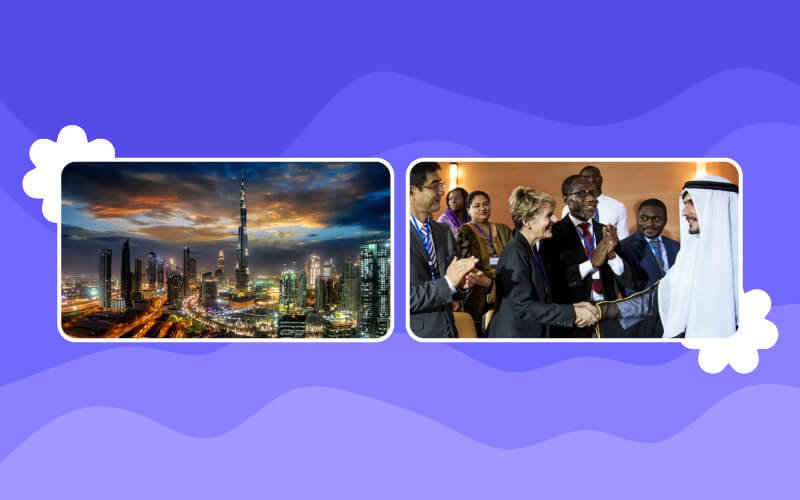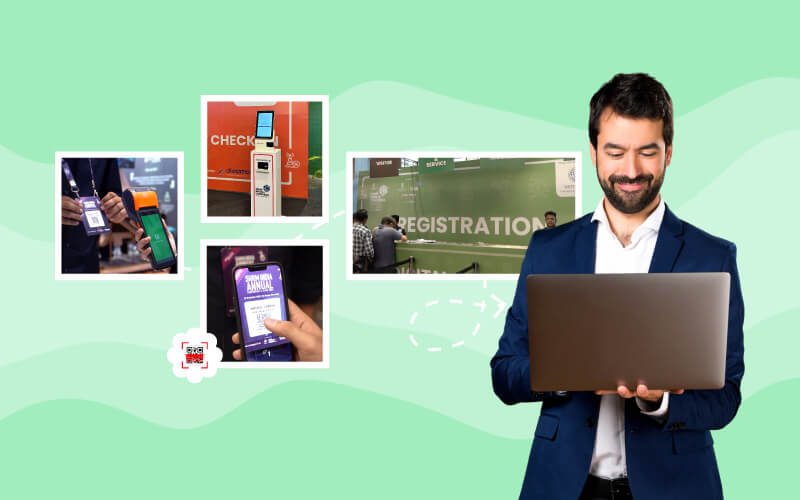Do you want to avoid hosting events where attendees scroll through their phones instead of engaging with your event? How about transforming upcoming conferences, trade shows, or corporate gatherings into an unforgettable experience with interactive technologies for events? Here, participants will not just attend your event; instead, they’ll become part of the story.
According to a recent study, 51% of event professionals who adopted interactive technologies for events reported that they are seeing good results from their event technology solutions.
Gone are the days when event success was measured merely by attendee’s attendance numbers. Today’s attendees crave experiences that surprise, delight, and actively involve them in the event. Whether you’re a seasoned event planner or new to the industry, understanding and leveraging these mind-bending interactive technologies for events isn’t just an option; it’s becoming essential for staying in competition with peers. Let’s get started now:
What Exactly Are These Interactive Technologies For Events?
A simple way to answer this question is anything that makes events more compelling, streamlines the event operations, and provides attendees with an unforgettable experience. Interactive technologies for events are simply digital solutions or tools, platforms or machines that are specifically designed to streamline the events. These include advanced presentation systems, custom mobile event apps, AR/VR technology and so much more.
But here’s what makes these interesting: these technologies for events aren’t just tricks. They’re practical tools that make events better for everyone involved. For organizers, they provide real data about what works and what doesn’t. For attendees, they make networking easier and learning more engaging. And for sponsors? They get better ways to showcase their products and connect with potential customers.
Here are a few interactive technology examples with their use cases in an event. Let’s have a look at it:
| Technology | Use Case |
| Interactive Self-Kiosks | Event registration, information access, wayfinding. |
| Augmented Reality (AR) | Product visualizations, Virtual tours, gamification. |
| Virtual Reality (VR) | Virtual events, training, immersive experiences. |
| Live Polling & Q&A | Audience engagement, real-time feedback (via event app) |
| RFID/NFC Technology | Access control, personalized experiences, networking. |
| Gesture Recognition | Interactive displays, gaming, and installations. |
| Live Streaming & Interaction | Hybrid events, interactive webinars, remote engagement. |
| Interactive Touch Screens | Product info, event schedules, interactive games. |
| Photo Booth | Fun, branded photo captures, social media engagement. |
| Facial Recognition | Security, personalized experiences, attendee tracking. |
| Microsite | Event branding, information hub, attendee engagement. |
| Event Apps | Scheduling, networking, live updates, attendee engagement. |
| Landing Page | Event promotion, event registration, and information sharing. |
| Contactless Check-In | Seamless attendee entry, fast check-in without physical touch. |
| Turnstile Access | Access control, crowd management, and secure entry with tripod gates. |
| 3D Event Diagramming | Venue layout planning, and interactive 3D space design (via event apps). |
11 Jaw-Dropping Interactive Technologies for Events That Exist
We’ve compiled a list of the most essential and unique interactive event technologies examples that will blow attendees away:
Self-Service Kiosks
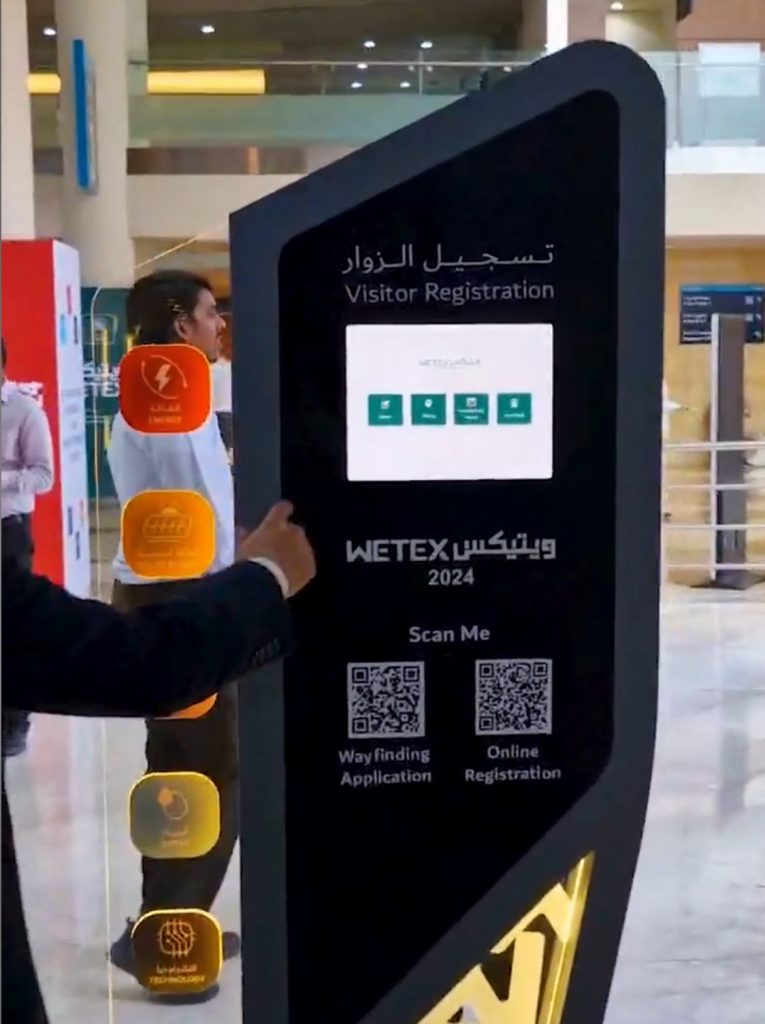
These intelligent stations revolutionize event check-in and engagement processes. Self-service kiosks streamline attendee registration, eliminate long queues, and provide instant onsite event badge printing capabilities. Beyond registration, these kiosks also serve as information hubs where attendees can access event schedules and venue maps and even print personalised agendas, which significantly reduces the need for manual staff intervention while enhancing the attendee experience.
Moreover, this makes self-service kiosks one of the most chosen interactive technologies for events, especially at large conferences where smart event registration and contactless event check-in are crucial.
Read More: The Power of Modern Self-Service Registration Kiosks
Mobile Event Apps
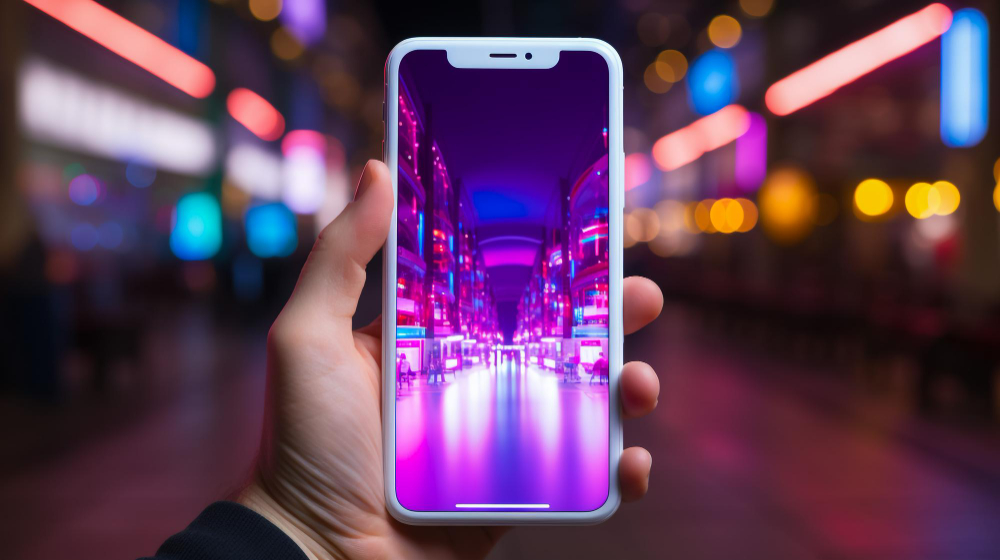
Custom mobile app for events are another event technology solution that makes an event successful. There’s no doubt that mobile event applications have become indispensable for modern events. These customized apps serve as digital companions for organizers and attendees as well, offering features like personalized schedules, one-to-one networking, breakout rooms, interactive maps, live polls for feedback and surveys and real-time updates.
However, event organizers can send push notifications for schedule changes, while attendees can engage themselves in live polls and Q&A sessions and access crucial event information at their fingertips. Among various interactive technologies examples, mobile event apps stand out as comprehensive event technology solutions that transform how attendees experience events.
Facial Recognition
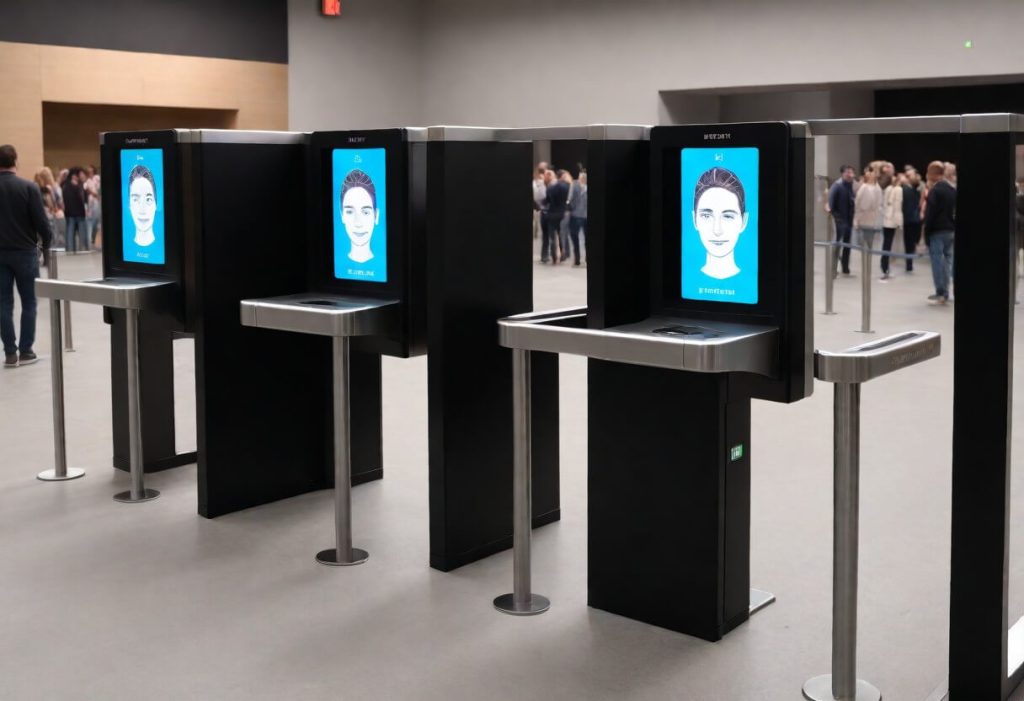
Advanced facial recognition systems are transforming event security and personalization. This technology enables swift, contactless event check-in processes while ensuring enhanced security protocols. Scanning and matching facial features with registered attendee data, eliminates the need for physical tickets or event badges, simultaneously reducing fraud risks and improving the check-in experience. For instance, as a cutting-edge interactive technology for conferences, facial recognition delivers significant benefits of interactive technologies through enhanced security of attendees and seamless processing.
Microsites/Event Landing Page

Dedicated event microsites serve as centralized digital hubs for all event-related information. These sophisticated web platforms offer seamless event registration processes, detailed agenda viewing, speaker profiles, and essential event updates. They create anticipation before the event and serve as valuable resources during and after, housing presentations and session recordings for continued engagement. Among the most essential interactive technologies for events, microsites and event landing pages undoubtedly demonstrate how event technology solutions can create seamless digital experiences.
Read More: How to Create an Effective Event Registration Landing Page
Live Streaming/Virtual Reality
Imagine, for example, a keynote speaker of a product launch speaking in Dubai while attendees in Tokyo participate in real-time via high-definition streaming. Live streaming and VR technologies overcome geographical barriers and enable hybrid events that combine physical and virtual presence. These platforms offer interactive features such as virtual networking rooms, live polls and immersive product demonstrations, ensuring that even remote participants feel included. This makes them one of the most versatile interactive technologies for conferencing in today’s global business landscape.
RFID/NFC Technology
Radio-Frequency Identification (RFID) and Near Field Communication (NFC) technologies enable seamless interactions throughout the event space. From contactless payments and access control to lead generation at exhibition or trade show booths, these technologies facilitate smooth data exchange and tracking. Moreover, the benefits of interactive technologies like RFID/NFC extend beyond basic functionality, providing valuable insights into attendee behaviour patterns and preferences and helping organizers optimize future events.
Integration of QR Code Technology
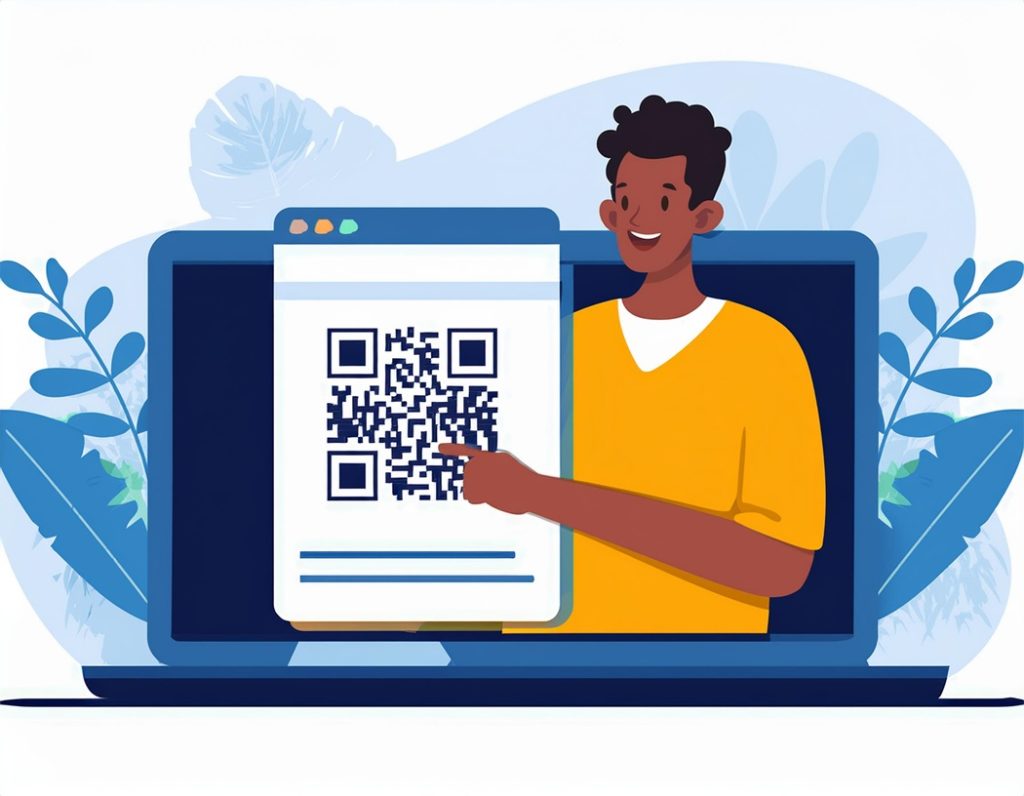
In addition to RFID/NFC technology, QR codes for events have also evolved into versatile tools for event management. They facilitate quick access to digital content, enable contactless event check-in, and streamline networking. Attendees can instantly access speaker presentations and exhibitor information or join digital discussions by simply scanning codes with their smartphones. The QR code is also an accessible example of interactive technology, which makes it a great tool for smart event registration with contactless event check-ins.
Turnstile Access Management
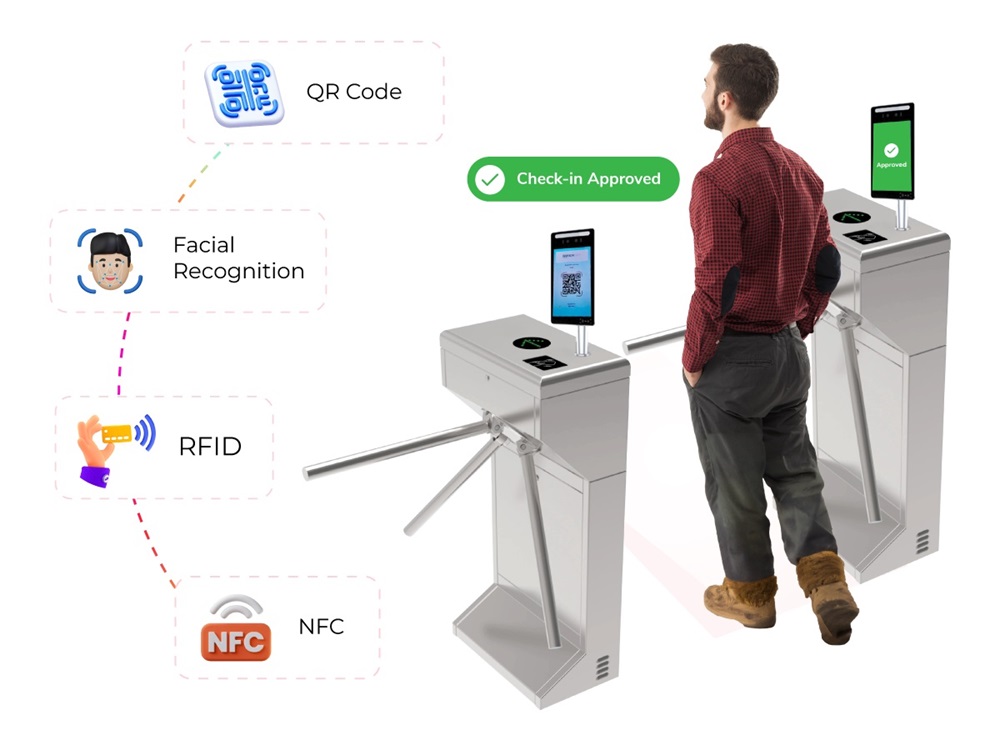
Have you heard about turnstile gates at events? If not, then know that these modern turnstile systems are interactive technology for events that combine security with efficiency. These sophisticated entry points integrate with registration systems, automatically validating attendee credentials and managing access to different event areas. They provide real-time attendance tracking and help manage crowd flow effectively while maintaining security protocols. Interactive technology for events like these show how security and the attendee experience can be enhanced by technology solutions.
See Related: Turnstile Access Management in Dubai
Photobooth

Nowadays, photo booths are becoming essential interactive technologies for conference events. For instance, modern event photobooths transcend traditional photography by incorporating AR filters, green screen technology, and instant social media sharing capabilities. These interactive stations create engaging branded experiences where attendees can capture memories while simultaneously generating user-generated content for event promotion. Undoubtedly, engaging interactive technology for conferences and photobooths showcases the fun side of event technology solutions.
Cashless Payment Cards
Cashless payment systems streamline all financial transactions within the event space. These are the secure digital payment cards that are used to eliminate the need for physical cash handling, reduce transaction times, and provide detailed spending analytics. They enhance the attendee experience by offering convenient payment options while providing organizers with valuable transaction data and reducing security risks. Therefore, as an essential interactive technology for events, cashless systems exemplify how smart event registration and management can improve both operations and user experience.
Final Words
In conclusion, we know that these interactive technology examples have revolutionized modern events while transforming how we conceptualize and execute gatherings of every scale. From sophisticated event technology solutions that streamline operations to smart event registration systems that enhance attendee experiences, these innovations are no longer optional; in fact, they’re essential for staying competitive in today’s digital-first environment.
Moreover, organizations that embrace these technological advancements position themselves at the forefront of the industry, delivering measurable ROI and creating lasting impressions on their audiences. Furthermore, as we look to the future, one thing is clear: the strategic implementation of event technology solutions will continue to be a key differentiator between ordinary events and extraordinary experiences that drive meaningful engagement and business results.
Frequently Asked Questions
How can I measure the success of the interactive technologies used at my event?
It’s all about watching for the right signs! Just like you can tell a party is going well when everyone’s laughing and mingling, you can spot successful tech use through clear signals. Are people actively using the mobile event app? Are they making meaningful connections? What’s the buzz in the feedback forms? These clues tell you if your interactive event technology choices are hitting the mark or need a bit of tweaking for next time.
How do interactive technologies enhance networking opportunities at events?
Interactive technologies for events, such as mobile event apps and live polling, foster networking by enabling attendees to connect based on shared interests and facilitate real-time engagement. Features like matchmaking algorithms and virtual networking rooms also help attendees find and connect with relevant contacts easily.
What role do interactive technologies play in data collection and analytics?
Interactive event technologies provide valuable data insights that help event organizers understand attendee behaviour, preferences, and engagement levels. Tools like RFID tracking, mobile event apps, and live polling generate real-time analytics, allowing for data-driven decisions that enhance future events.
Are interactive technologies suitable for all types of events?
Yes, interactive technologies can be tailored to fit various types of events, including conferences, trade shows, corporate meetings, and social gatherings. The key is to choose the technologies that best align with the event’s goals and audience needs, ensuring they add value to the overall experience.







